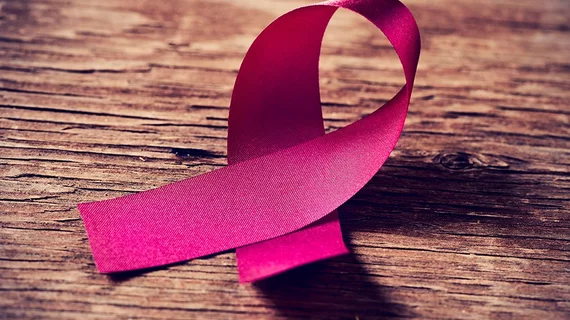As breast cancer mortality declines, new questions arise about heart disease among survivors
With breast cancer mortality rates declining 26% since 2007, breast cancer survivors now make up a significant portion of the Canadian female population, University of Toronto researcher Amy Kirkham, PhD, discovered.
Her findings, published in the Journal of the National Comprehensive Cancer Network, show that approximately 5.4% of Canadian women aged 65 and older as well as 1% of Canadian women under 65 are breast cancer survivors.
“This indicates that the prevalence of breast cancer survivors in the Canadian female population has doubled and that there are 2.5 times more survivors since the last estimate in 2007,” Kirkham said in a news release.
Associations with Heart Disease Risk
While the rise in numbers is a positive sign that more women are winning the battle against breast cancer, it also increases the urgency of understanding and addressing adjacent health issues that arise for survivors post-treatment.
That’s because many of the same treatments which help women beat breast cancer are associated with short-term and long-term side effects, the study noted.
Heart disease is especially prevalent among breast cancer survivors, with the study’s authors finding that 2% of women diagnosed with breast cancer between 2007 and 2021 would likely experience heart failure hospitalization, representing a cost to the healthcare system of $66.5 million and leading to a significant number of deaths.
“The most common cause of death in women with breast cancer is heart disease,” Kirkham noted.
Given these treatment-related risks, Kirkham emphasizes the importance of providing support services to breast cancer survivors even after they’re deemed “cancer-free.”
“The goal of my research lab is to develop new therapies to improve the health of women after surviving breast cancer,” she said.
That’s because many of the same treatments which help women beat breast cancer are associated with short-term and long-term side effects, the study noted.
Heart disease is especially prevalent among breast cancer survivors, with the study’s authors finding that 2% of women diagnosed with breast cancer between 2007 and 2021 would likely experience heart failure hospitalization, representing a cost to the healthcare system of $66.5 million and leading to a significant number of deaths.
“The most common cause of death in women with breast cancer is heart disease,” Kirkham noted.
Given these treatment-related risks, Kirkham emphasizes the importance of providing support services to breast cancer survivors even after they’re deemed “cancer-free.”
“The goal of my research lab is to develop new therapies to improve the health of women after surviving breast cancer,” she said.
